Superfund Research Center Trainees Share ‘One Health’ Research Initiatives
Story by Courtney Price, VMBS Communications
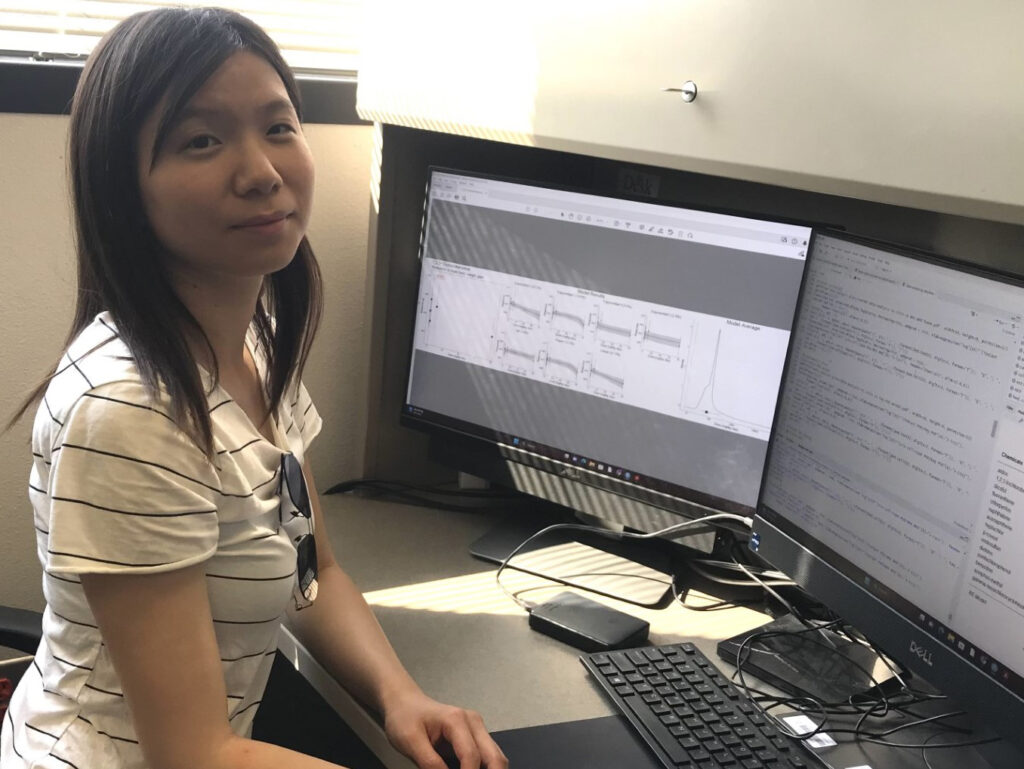
Five trainees from the Texas A&M Superfund Research Center presented research at a webinar hosted by the Superfund Research Program’s (SRP) Student, Postdoc, and Alumni Network (SPAN).
The students participated in the Three-Minute Flash Talks portion of the webinar, which supplements graduate and advanced training by allowing trainees to present research to their peers while also developing presentation skills similar to those used at scientific conferences.
The School of Veterinary Medicine & Biomedical Sciences (VMBS) students who participated in the webinar included En-Hsuan Lu, Lucie Ford, and Hsing-Chieh Lin.
While some presented their contributions on the Texas A&M Superfund Center’s research projects, others presented their efforts related to the center’s support cores, with topics ranging from community engagement to data management.
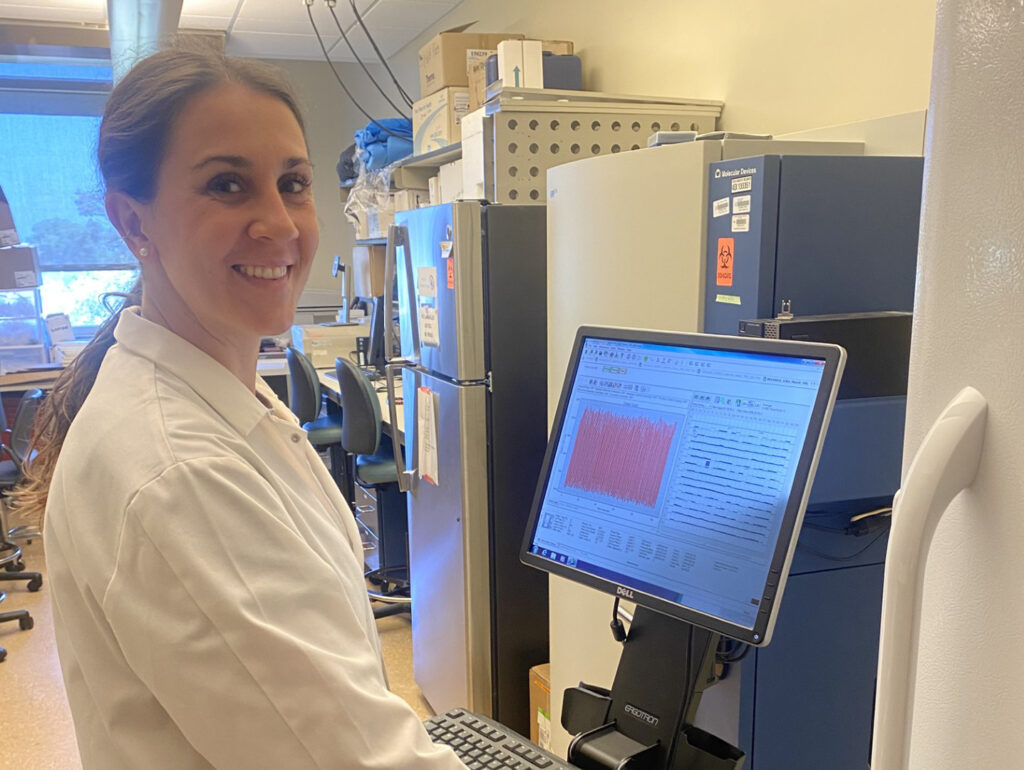
The Superfund Center at Texas A&M is one of 25 centers at universities across the country funded by the National Institute of Environmental Health Sciences, a branch of the National Institutes of Health (NIH). The Texas A&M Superfund Center is unique from other centers in that its research doesn’t focus on just one class of chemicals but rather studies the whole picture of chemical effects during disasters.
This was evident in the topics the VMBS students presented at the webinar.
Lu and Lin are both second-year toxicology doctoral students who work on the Superfund Center’s Risk & Geospatial Sciences Core (RGSC) under Dr. Weihsueh Chiu, professor in the VMBS’ Department of Physiology & Pharmacology (VTPP) and deputy director of the Superfund Center. The RGSC is tasked with providing data and services that characterize human health risks and mapping geographic distributions of environmental mixtures created during disasters.
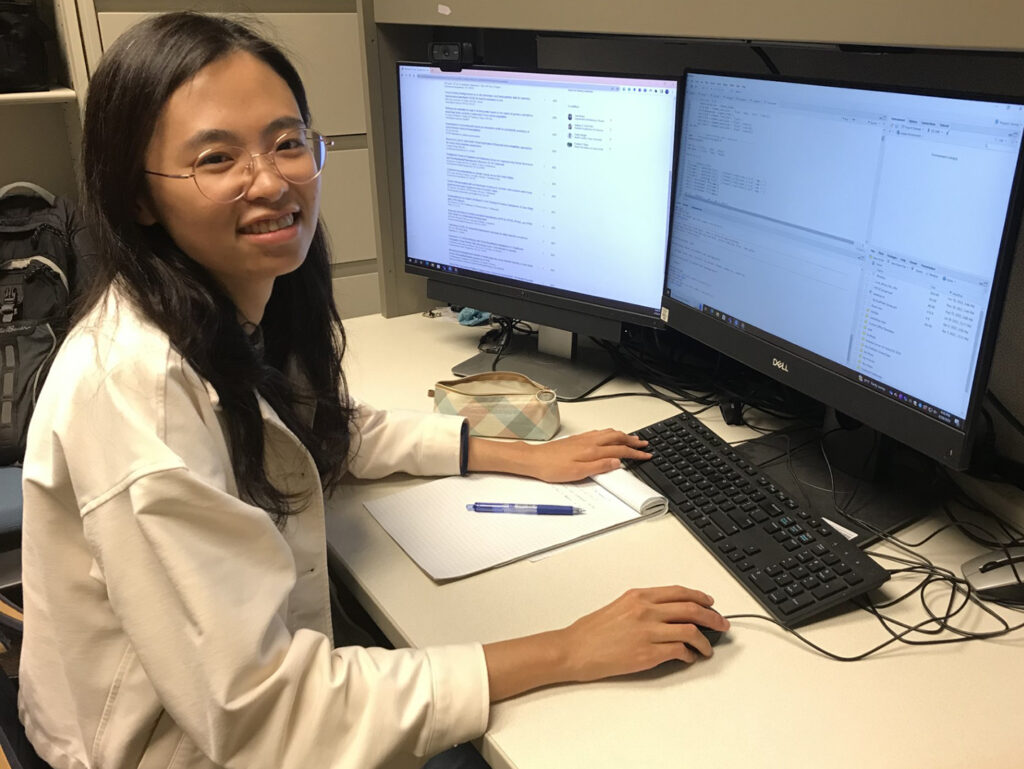
Lu and Lin’s presentations advocated using human and computer-based models to gather toxicity data necessary for predicting human health risks and outcomes during disasters. Lin shared that the new models will help fill in the gaps in available toxicity data.
Ford is a third-year doctoral student in the toxicology program who works on the Superfund Center’s Project 4, led by Dr. Ivan Rusyn, VTPP professor and Superfund Center director. Project 4 responds to the Superfund mandates for advanced techniques for detecting, assessing, and evaluating hazardous substances, as well as developing methods to assess health risks.
Also representing the Texas A&M Superfund Center was Dr. Eva Vittuci, a postdoctoral research associate on Project 2, led by Dr. Natalie Johnson, vice chair of the Interdisciplinary Program in Toxicology and an Associate Professor in School of Public Health. This project focuses on measuring air pollution using a state-of-the-art scientific vehicle on site during disasters.
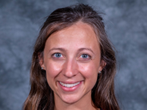
Vittuci’s presentation discussed the team’s efforts in developing new tools that can rapidly characterize volatile organic compound (VOC) mixtures. VOCs can vaporize into air, making them easy to inhale. People who are exposed to VOCs can suffer a variety of health effects, including respiratory issues and organ damage, depending on the compound, exposure level, and timeliness of medical care.
Greg Kudzin is a doctoral student in chemistry at the University of North Carolina at Chapel Hill who works on the Superfund Center’s Project 1, led by Dr. Erin Baker, an associate professor of chemistry at UNC Chapel Hill. Project 1 aims to develop novel analytical and computational methods for detecting and assessing hazardous substances.
Kudzin’s presentation was on methods of detecting the presence of per- and polyfluoroalkyl substances (PFAS). PFAS are substances used in a variety of household products since the 1940s that can contaminate the water supply in urban areas. They are often called “forever chemicals” because they don’t naturally decay. Once they enter human bodies or the environment, they’re often permanent.
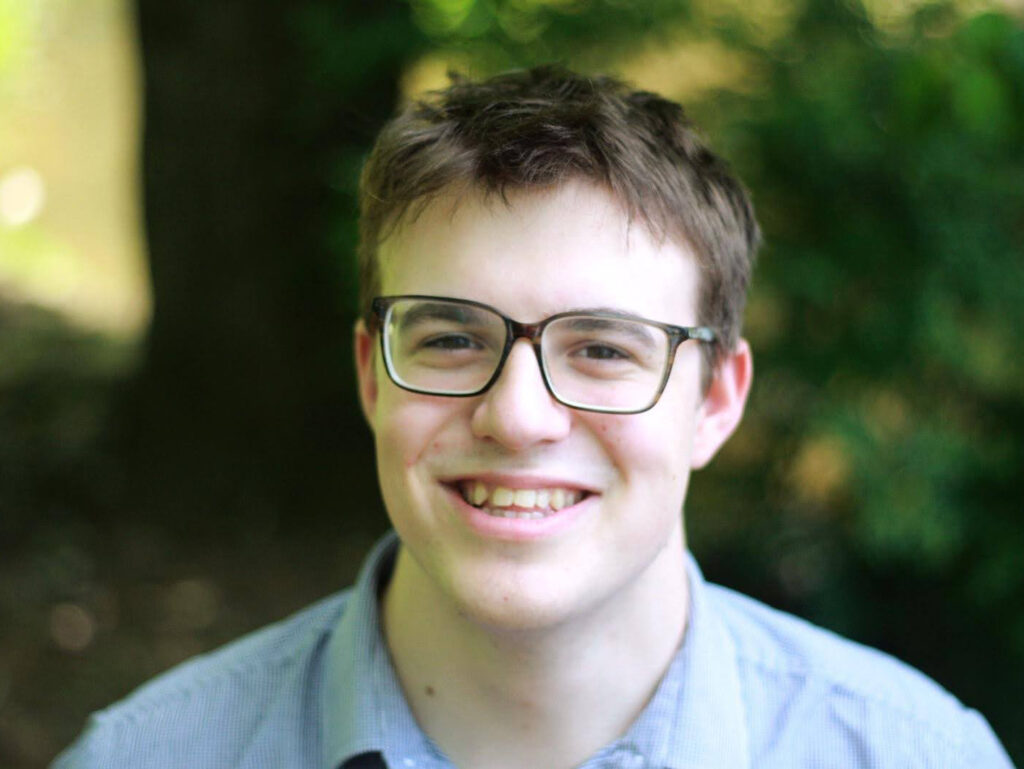
Not only did the presentations allow the Texas A&M Superfund Center trainees to practice their presentation skills but it also allowed them the opportunity to share their hard work with peers and experts from the toxicology community. Given the unpredictable nature of disasters, it’s vital that researchers build collaboration networks that can work together to solve global problems.
View recordings of the flash talks on YouTube.
###
For more information about the Texas A&M College of Veterinary Medicine & Biomedical Sciences, please visit our website at vetmed.tamu.edu or join us on Facebook, Instagram, and Twitter.
Contact Information: Jennifer Gauntt, Director of VMBS Communications, Texas A&M College of Veterinary Medicine & Biomedical Sciences, jgauntt@cvm.tamu.edu, 979-862-4216


